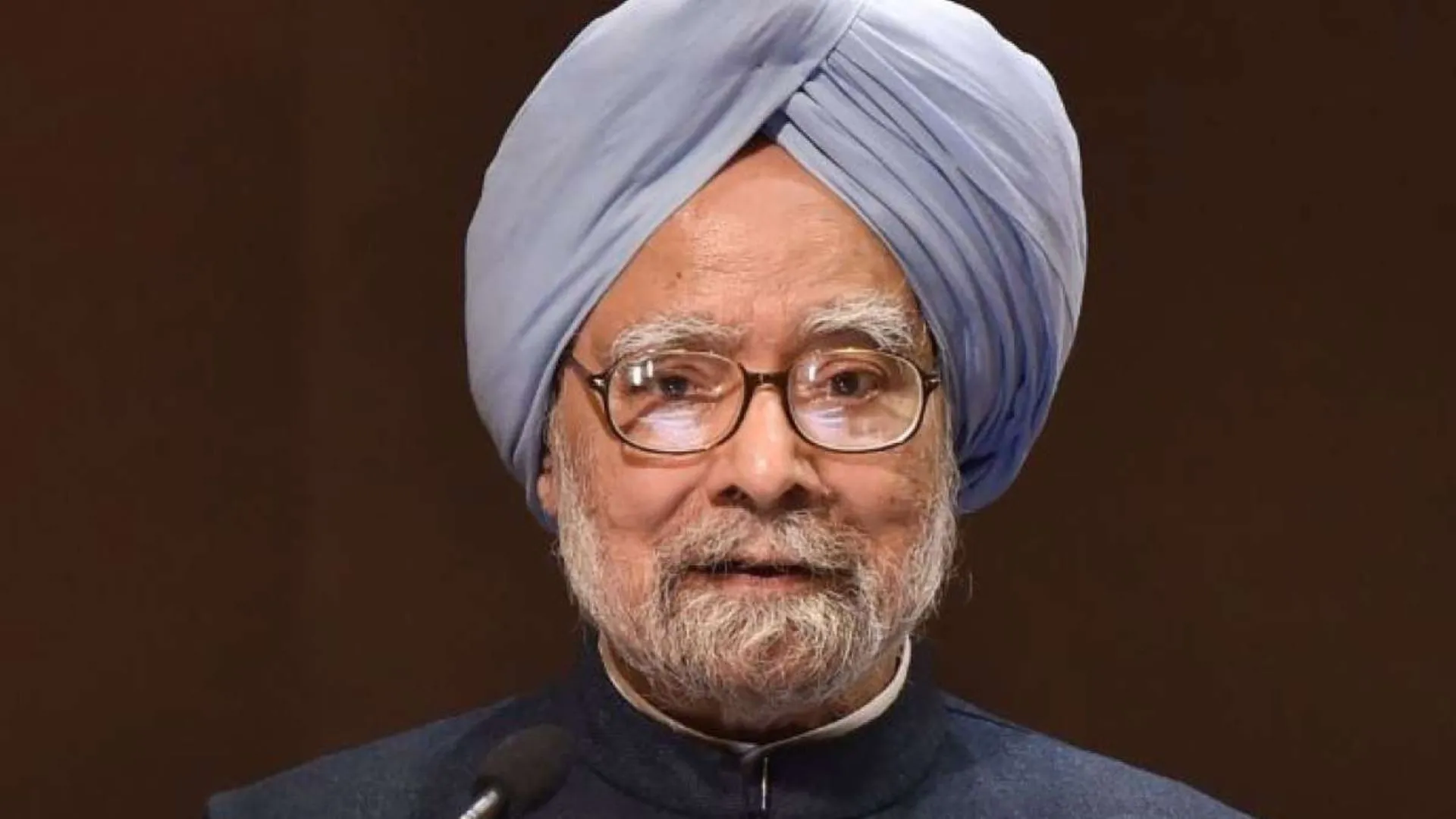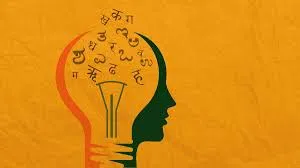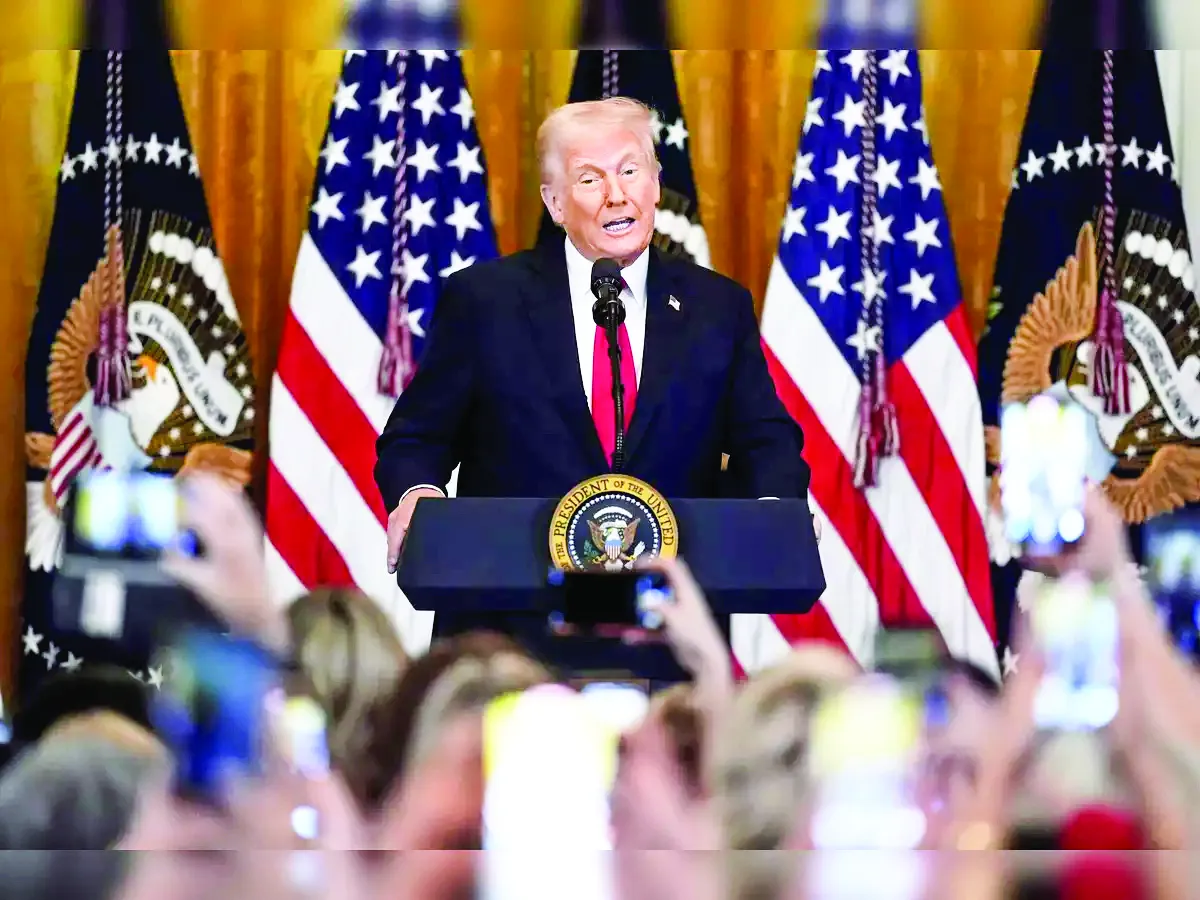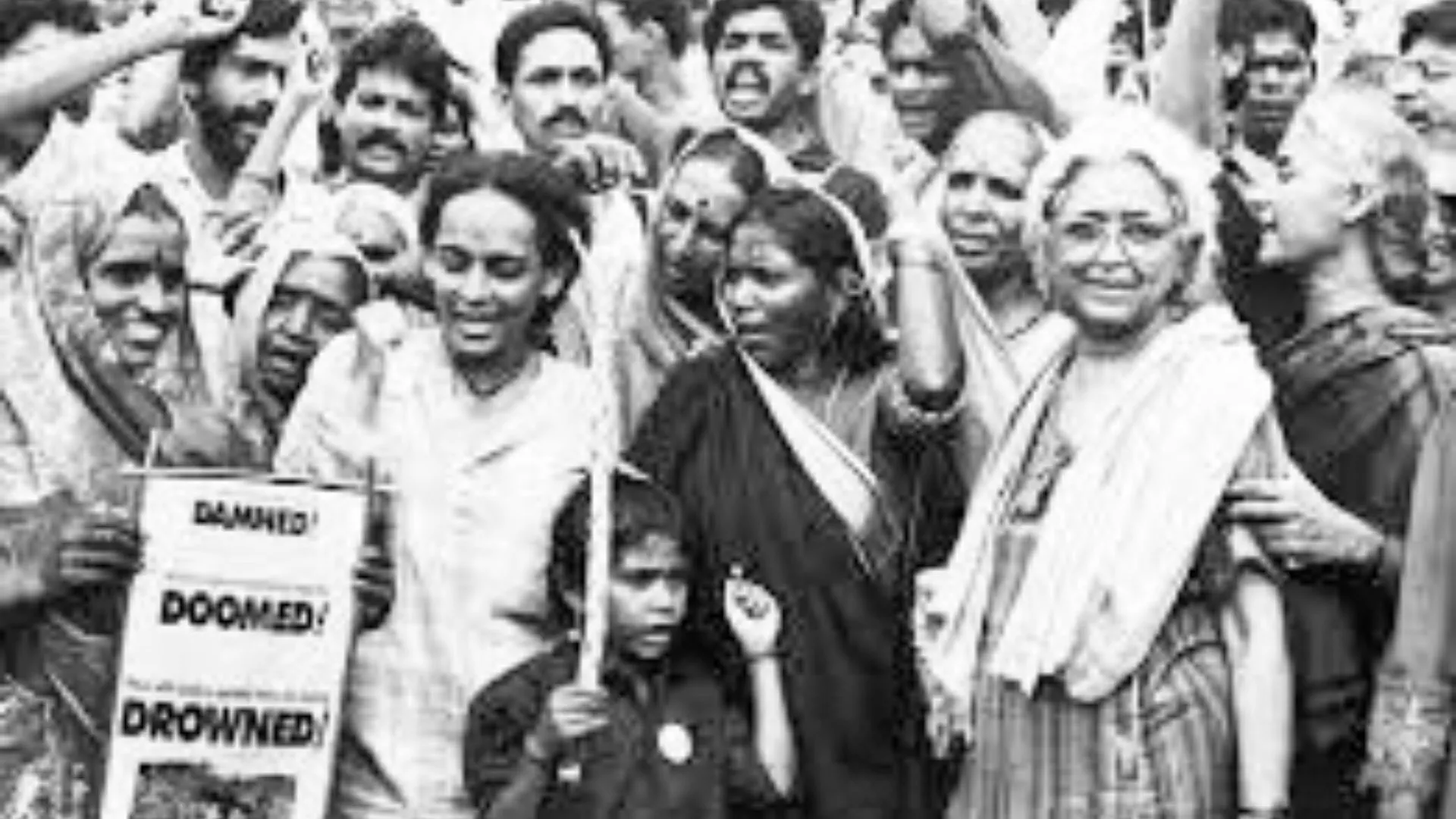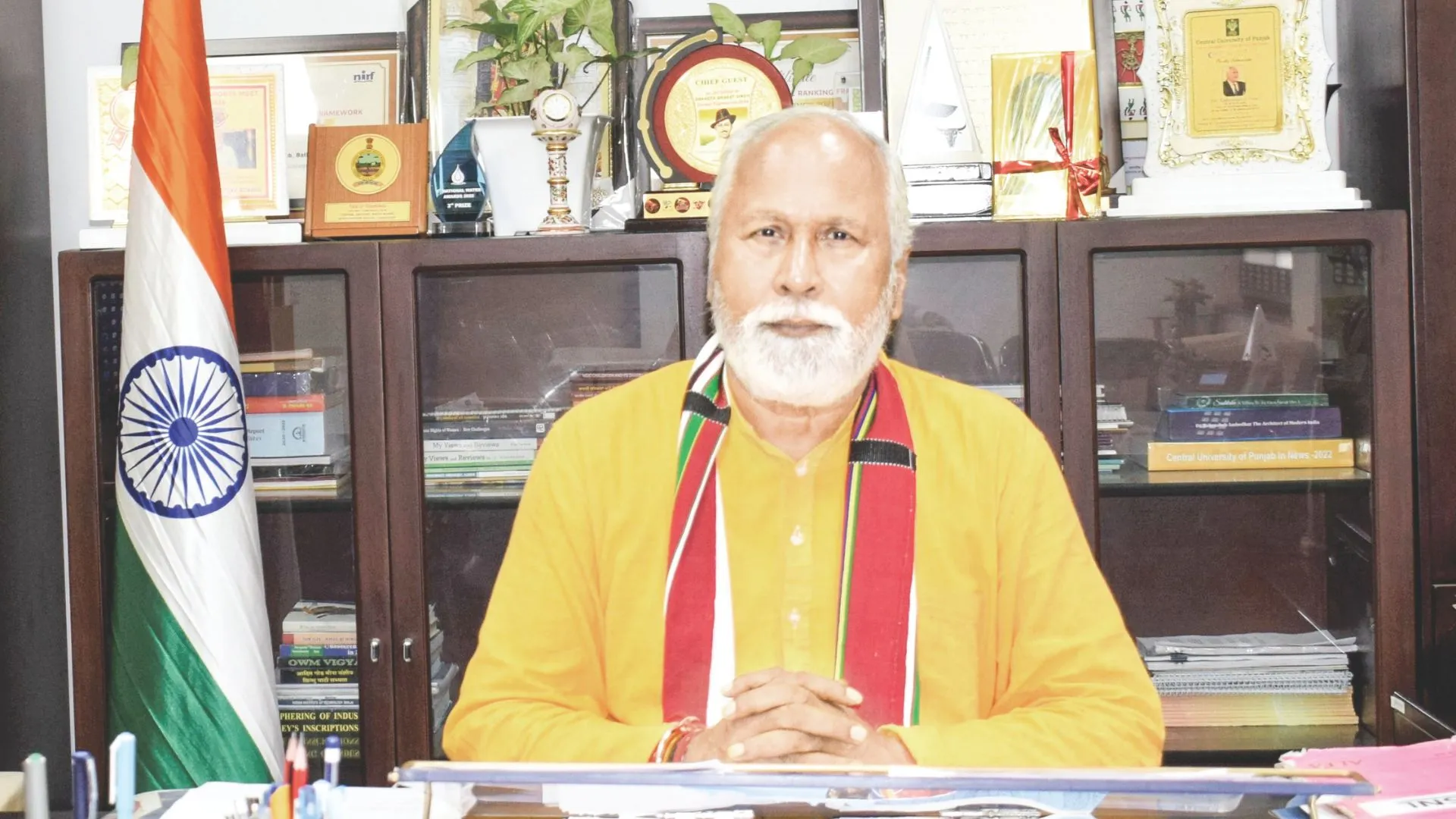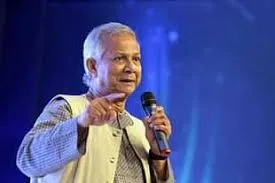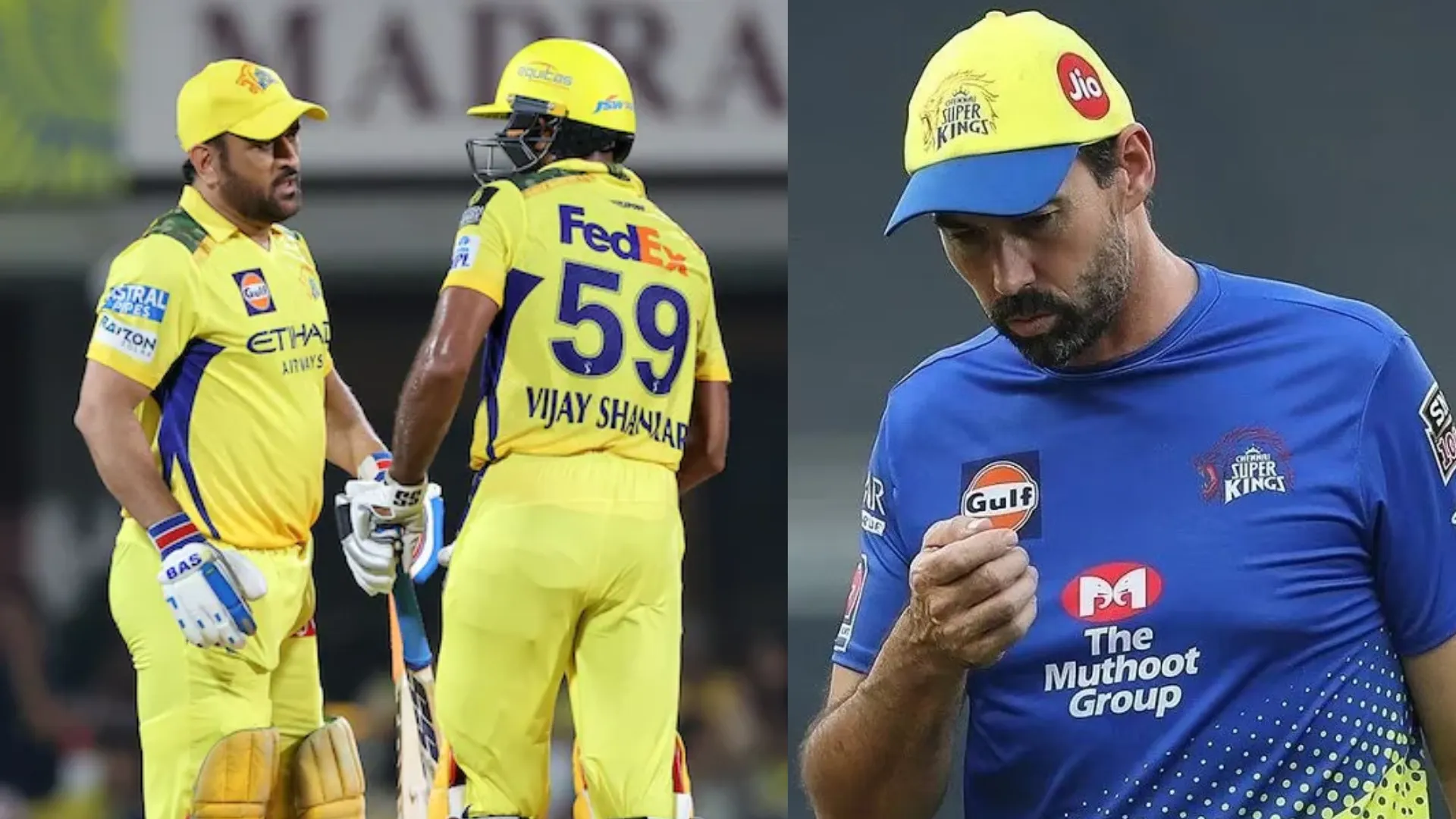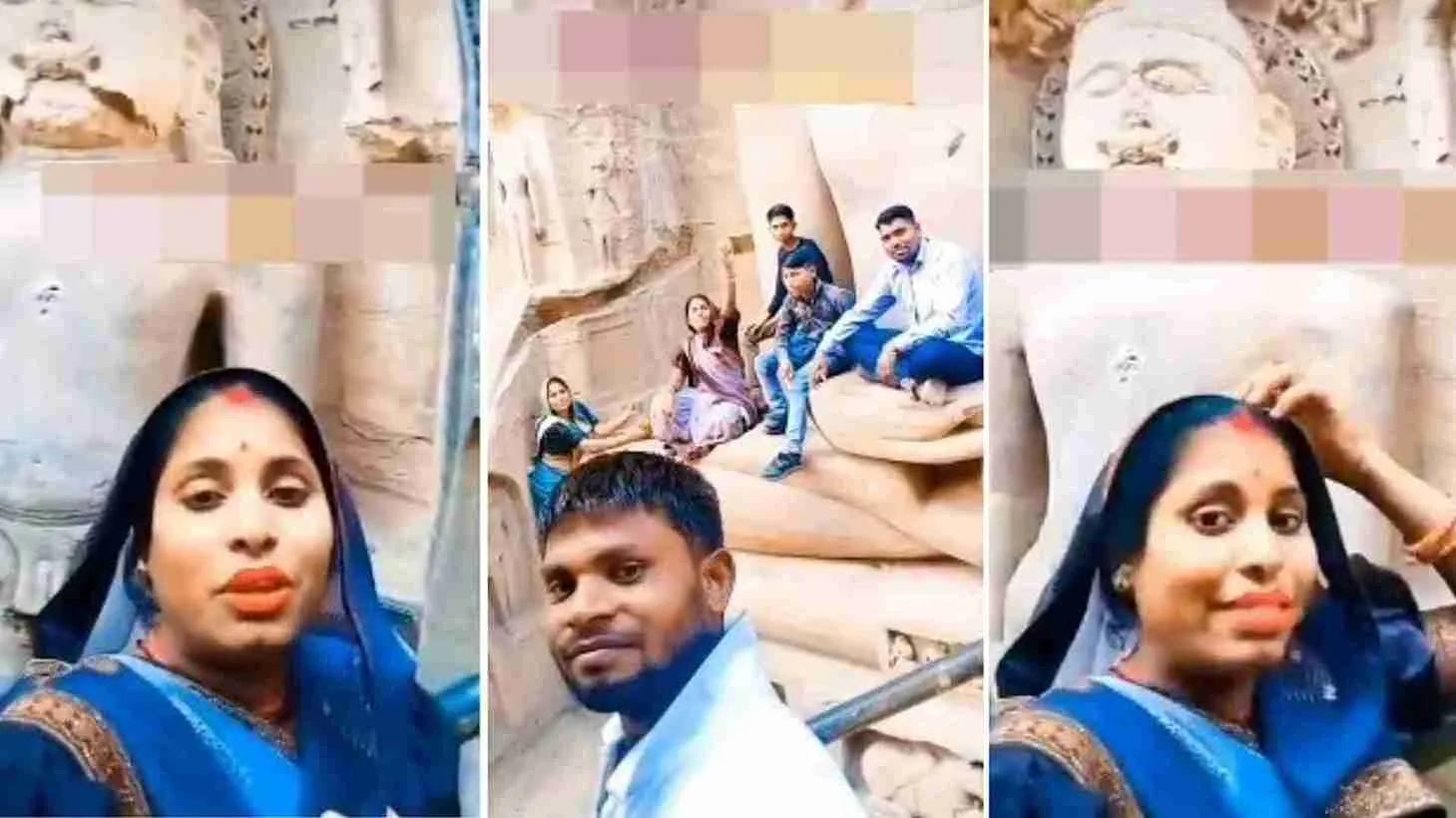Former Prime Minister Manmohan Singh would have been most unhappy over the controversy that has erupted over the venue of his funeral between the Congress and the Bharatiya Janata Party. Late President Pranab Mukherjee’s daughter, Sharmishta, too has jumped into the matter by bringing in her own grouse against the Congress leadership for not passing a resolution in the Working Committee recalling his contributions and service to the party he was associated with for several decades. Manmohan Singh’s death is being used by politicians to score brownie points while the fact of the issue is that the two term Prime Minister does deserve a place of remembrance in the National Capital.
The Centre has declared that a sizable portion of land near the Raj Ghat would be earmarked for his memorial and there was no question of showing any disrespect to someone whose place in history is secure for his role in taking the country forward. Manmohan Singh never lost sight of his humble beginnings and remained as someone who was admired by both his own supporters as well as adversaries. While it is for the Centre to explain why his last rites were held at Nigambodh Ghat and not at a designated place at Raj Ghat, the Congress also needs to introspect over the treatment it has given to many of its own leaders. However, this is a solemn occasion which needs to be observed keeping both decorum and dignity in mind.
The issue can snowball into a major political matter if the Sikh bodies join the chorus and start questioning the way the funeral of a former Prime Minister, a Sikh icon, was handled by the government. There is also intense speculation that the Modi dispensation could honour the former Prime Minister by bestowing a Bharat Ratna on him, an award, which he richly deserves.
However, only time will tell whether this would happen. In the meantime, Manmohan Singh’s simplicity and the sensitivity with which he related to various matters brings back many memories. While being a member of the Dr Zakir Hussain College Memorial Trust, I recall how he could immediately relate to certain issues which I raised pertaining to my alma mater, Delhi College, the oldest educational institution in North India. Delhi College had been renamed as Zakir Hussain College in the mid 1970s because the Zakir Hussain Trust took it over since the working of the institution was being affected due to paucity of funds. However, there was a constant demand from the alumini and people of the walled city to restore its original identity.
The College had catered to many students, including girls, for whom it was the first time that anybody in their families was receiving higher education. Before the meeting was to be held, I checked with Salman Khurshid, my senior in school who is Dr Zakir Hussain’s grandson and was also an important functionary of the Trust if we could restore the word “Delhi’’ as a part of the College name. meaning did he have any objections if the College would be called Dr Zakir Hussain Delhi College in place of Dr Zakir Hussain College. Aslam Parvaiz, the then principal was also of the same view and Salman without any delay gave his consent for this change in the nomenclature. The matter figured at the meeting of the Trust at the Prime Minister’s residence and after I requested Dr Singh, he immediately agreed. Thus, a solution was arrived, to the satisfaction of everyone.
However, at the same meeting, I suggested to Dr Singh that there could be a special concession of at least five percent which could be given to particularly girls of the walled city, who wished to take admission in the undergraduate courses. It was pointed out that given the conservative nature of their families, the girls would not be sent to a college located away from the walled city and would lose out on education. He understood the matter immediately and asked Prof. Ved Prakash, then the Chairman of the UGC, who was also present, to take up the matter with the Delhi University and explore if the Academic Council could allow this to happen.
The permission was never given but the point is that the Prime Minister was totally open to the suggestion and wanted to give help to the deprived sections of society. Manmohan Singh had great interest in Urdu poetry and would never be shy of reeling off couplets when he wanted. His most famous exchange in Parliament was with Sushma Swaraj, then the leader of Opposition in the Lok Sabha.
Sushma was an exceptional orator and in an attempt to corner Singh during a face off in Parliament, became poetic and recited a couplet, “Tu Idhar Udhar ki na baat kar, yeh bata ki kafila kyon luta, Humein Rahjano se Gila Nahin, Teri Rahbari ka sawaal hai’’ (Do not deviate from the topic. Simply reply why the Caravan was looted. There can be no comment about the looters but this is now a question of your leadership). Manmohan Singh was unruffled by the aggression and got up smiling and conveyed to the Opposition that he too would reply with an Urdu couplet. His reply was, Mana ki Teri Deed ke kabil nahin hoon main, Tu Mera Shauqh Dekh, Mera Intezaar Dekh’’ ( I am aware that I am not worth your attention, but look at my longing). The banter led to an all-round applause and looking back it signified the manner in which debates happened in Parliament at that time unlike the uproarious scenes which have become so common. Manmohan Singh was a legend and an icon.

